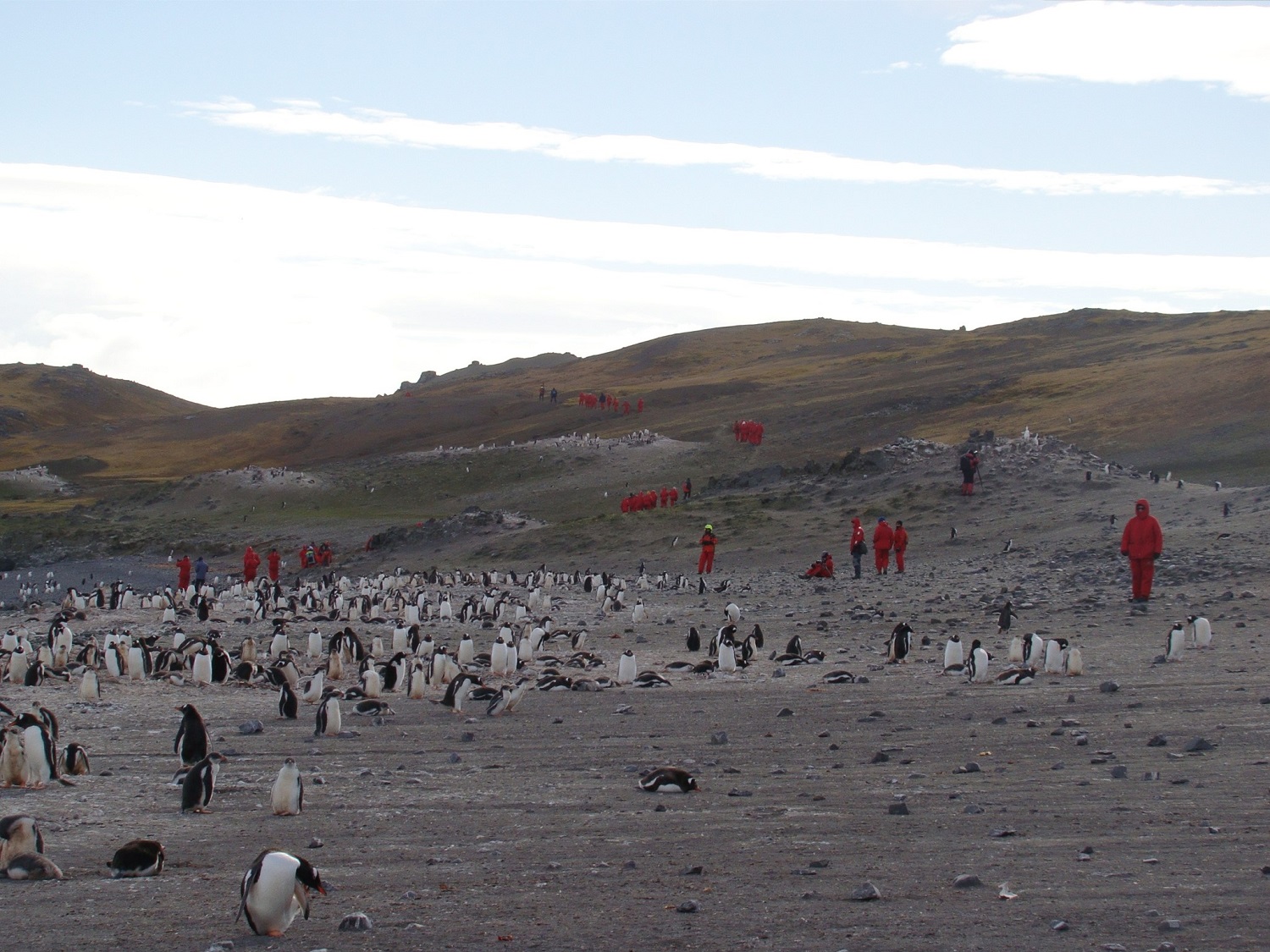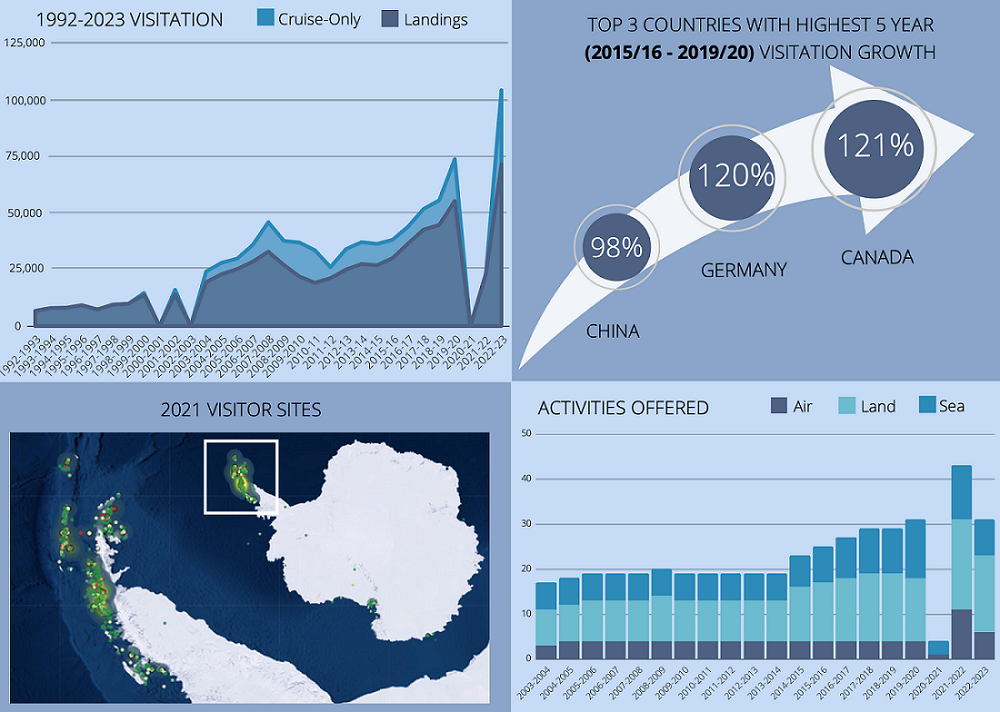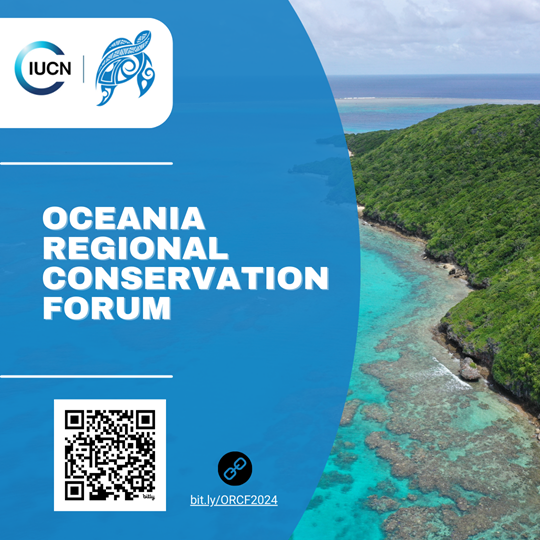What can be done?
Tourism in Antarctica must be effectively and proactively managed, with decisions based on science and informed by best practice.
Such an approach should consider projections of tourism and climate trends, and will require the cooperation of stakeholders including the tourist industry (IAATO and its members), researchers, conservation organisations and governments (via national Antarctic programmes).
More research is needed to inform the policies and implementation of this management approach. All proposed visitor sites and tourist activities should be evaluated using the precautionary principle. Researchers should explore the ecological impacts of tourist activities at local and regional levels, assess existing guidelines and whether tourism operators comply with them, and identify the gaps in current protections.
It is likely new safeguards will be needed, which could include stronger protections within the Antarctic Treaty System or specifying the appropriate type, amount, location and route of tourism activities in the management plans for all Antarctic protected areas.
Continual monitoring of tourism impacts is essential to assess and refine the effectiveness of new protections. Governments, research funders and the tourism industry should support monitoring programmes and help coordinate research activities.
Researchers should develop indicators that go beyond counting visitor numbers, and reflect wider impacts on Antarctica’s biodiversity, wilderness and ecosystem services.
Efforts should be made to enhance the positive impacts of tourism as a conservation tool. Measures could include incorporating more conservation education into visitors’ schedules, and involving tourists in Antarctic citizen science programmes in which members of the public help gather data for research projects.
Researchers should also evaluate how visiting Antarctica changes tourists’ long-term behaviour.







